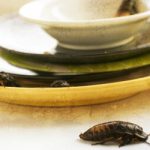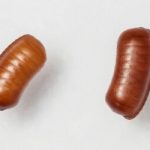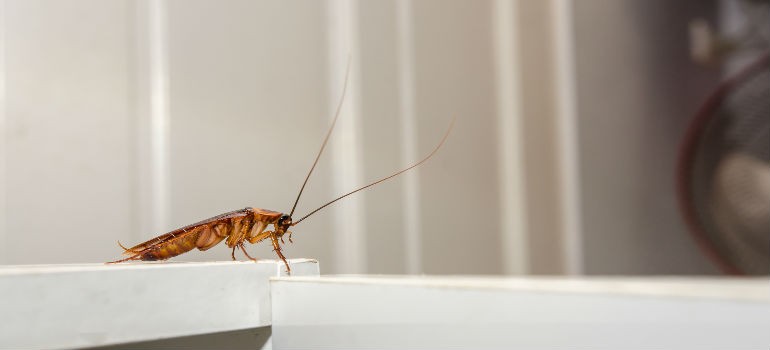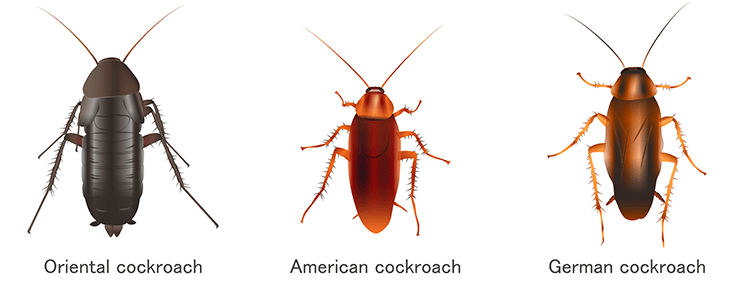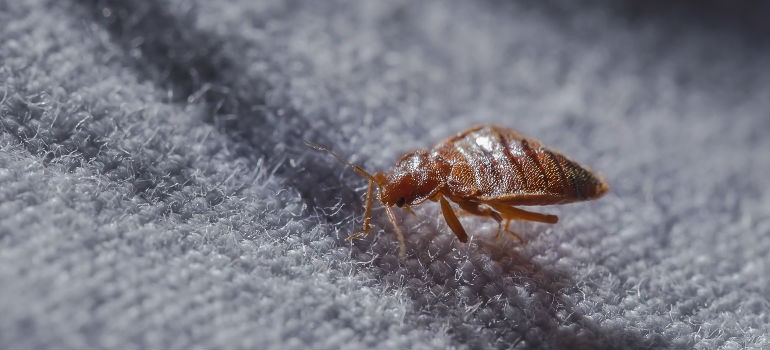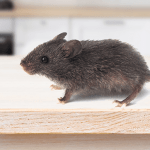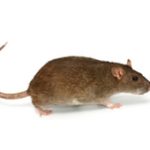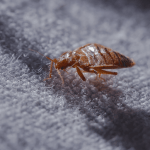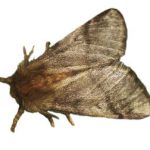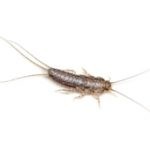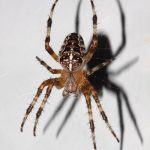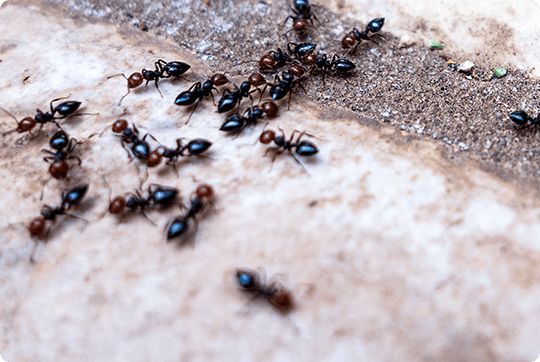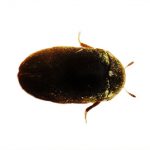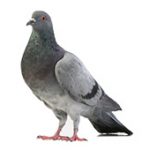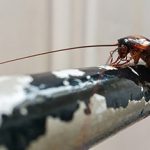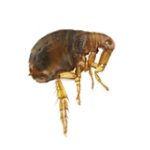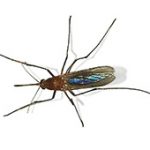Cockroaches
The presence of cockroaches in homes and businesses in the UK is a persistent pest problem. The British cockroach population consists primarily of species such as the German cockroach and Oriental cockroach, which both flourish in warm, humid environments.
If you’ve seen a cockroach in your kitchen or noticed strange droppings in your house, you’re not alone. Infestations of cockroaches in the UK are on the rise due to factors such as increased global travel, warmer temperatures, and urbanisation.
What can you do if you believe that you have a cockroach problem? Find out everything you need to know about English cockroaches, from types of cockroaches are found in the UK to the best ways to eliminate them.
Species of UK cockroaches
The American cockroach (Periplaneta americana)
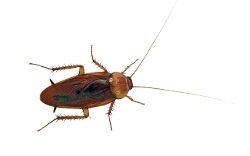
American cockroaches are large, reddish-brown, with wings capable of gliding. Its wings allow it to fly over only short distances. This cockroach is one of the largest cockroaches in the UK, reaching up to 30mm. Prefers warm areas like boiler rooms and heating ducts.
Image by: D. Sikes
The German cockroach (Blattella germanica)
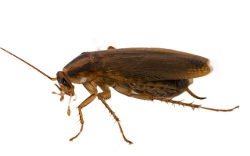
The German cockroach is the most widespread cockroach in the UK.
The only UK cockroach species which can fly. Reproduces rapidly, making infestations hard to control. It is light brown with two dark stripes on its back. German roaches reach 12mm-15mm in length.
Image by: D. Sikes
The Oriental cockroach (Blatta orientalis)
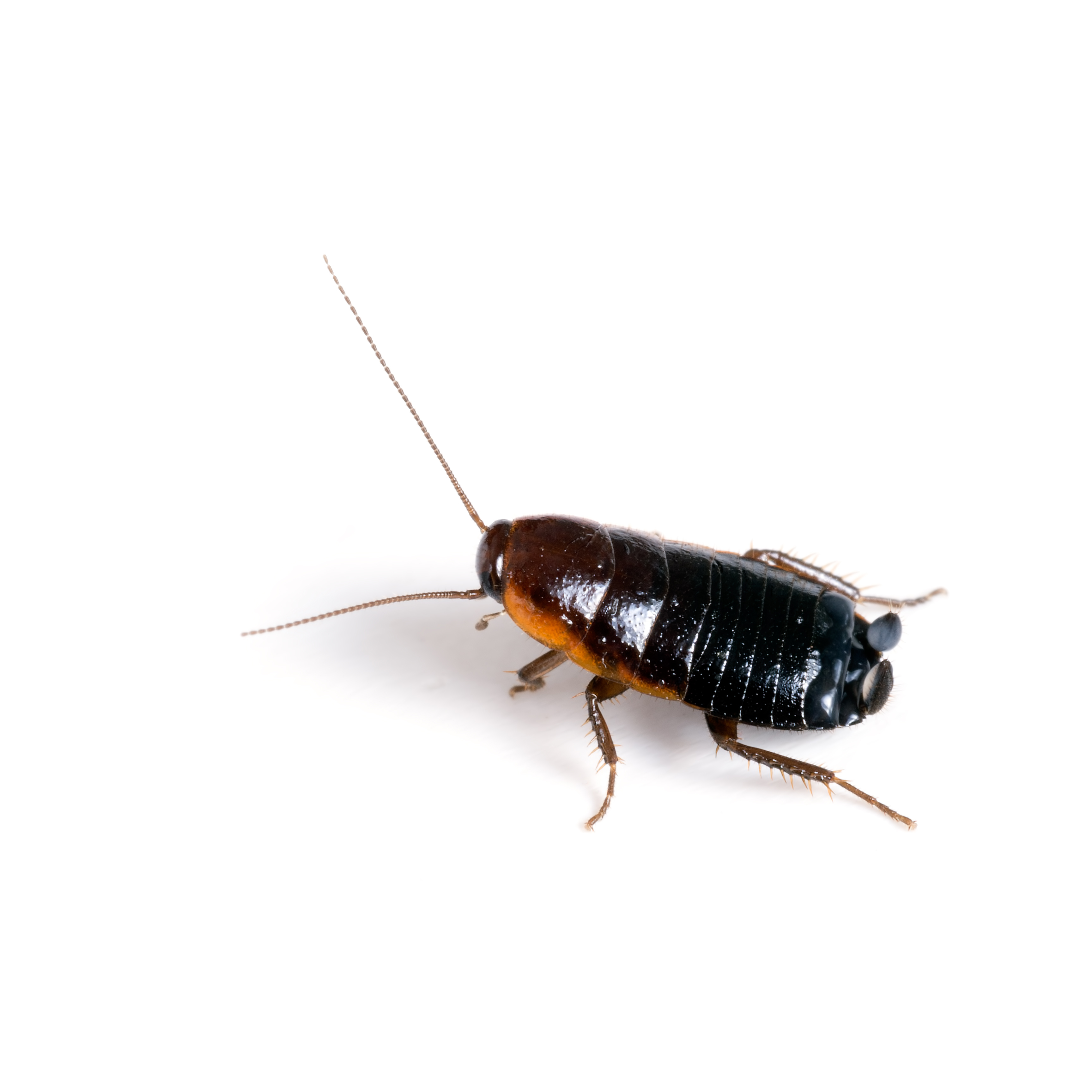
Oriental cockroaches are dark brown to black in colour. They are common in basements, drainage systems, and cool, damp areas. This type of uk roaches is larger and slower-moving than German cockroaches.
Image by: Sarah2
The Brown banded cockroach (Supella longipalpa)
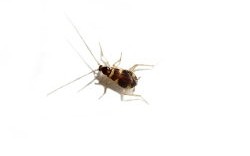
A light-brown insect with a body that reaches 10mm-15mm. Although its small size, the sheer population of its colonies make it impossible not to detect.
Image by: Vernon Tang
Facts about UK cockroaches
Feeding habits
All cockroaches are omnivorous scavengers. They consume any organic matter they come across. This includes food only specific bacteria can dissolve. Cockroaches can eat leather, wallpaper paste, soap, glue, eyelashes, toenails, eyebrows and even hair. If this doesn’t disgust you enough, they will also devour fingerprints, sugar, dry leaves and rotten wood. They feed on the content of your sewage and even the greasy impression of any food you have left on your kitchen counter.
Cockroaches are quick to locate such food sources and can survive without food for one month. It is still an unlikely occurrence for a cockroach to die due to starvation—unless you sever its head off, that is. And if they indeed can’t find a food source, they can always resolve to bite humans. Bites are always an indicator their population has been long out of control.
Can cockroaches in the UK make you sick?
Though considered to be “dirty” or “filthy”, roaches, like cats, groom themselves all the time. They spread fewer bacteria than we do with our hands. Still, the bacteria they spread are dangerous enough on their own. They also emit a powerful scent most people are allergic to. Insect allergic reactions can result in swelling, rashes and breathing difficulties.
Roaches are also a well-known cause of asthma, especially to kids exposed to their organic and faecal matter. Detritus from death cockroaches is lifted by weak air currents and inhaled by people. Roaches are also a disease vector and can spread staphylococcus, streptococcus and salmonella. Last but not least cockroach bites can cause swelling, irritation and even minor infections.
Where do cockroaches lay eggs?
Here are the most common places where cockroaches lay eggs:
- Dark places – roaches love the darkness. It’s safe and it feels hard to reach, so it’s naturally a good place to lay eggs. Check behind or under or even in your cupboards;
- Furniture – just like humans, roaches love comfy furniture. And what better place to hide your precious oothecae than in a comfy, warm and secure sofa;
- Warm appliances – a safe and cosy spot is just right under your fridge. Under the oven or washing machine is also a possibility;
- Cabinets – the same reasons – darkness, safety, and there is access to food.
Not all cockroaches leave their eggs. Some species carry the oothecae with them until they hatch. Others will carry them for a few hours or days and leave the eggs in a safe spot. German, Oriental and American leave their eggs, and they are all quite common in different UK areas.
What causes cockroaches in your house
Cockroaches invade homes due to food, moisture, and shelter, making even the cleanest houses vulnerable. They can also flatten their bodies to the extreme. This allows them to get inside your property through any cracks and holes in the structure. Walls, pipes, gutters, roofs, doors, or even air conditioning tubes often serve as an entrance.
Still, there is a higher chance of an infestation in premises with bad hygiene conditions. Wet, warm places offer a perfect breeding ground for those insects. They occupy areas such as laundry rooms, boxes, shelves, books and cupboards. Cockroaches can even hide in your laundry to protect themselves in case of danger. Cockroaches are nocturnal animals and hide if they feel the presence of humans.
Severe infestation can force the insects to look for new habitats anywhere in your property. They are even known to infest electrical appliances such as fridges, toasters and dishwashers.
Cockroach control and treatment
Cockroaches are resilient pests that thrive in warm, humid environments and can spread bacteria, allergens, and disease. Effective cockroach control requires a combination of preventative measures, chemical treatments, and certified cockroach exterminator.
Cockroach infestation signs
While it is rare to witness a cockroach in broad daylight, there are other signs of their presence:
- Obtrusive almond scent that is strong, musty, or oily cockroach smell, especially in enclosed spaces;
- Small, dark, pepper-like droppings found in kitchens, cupboards, or along skirting boards. Larger species, such as the Oriental cockroach, leave cylindrical droppings;
- Cockroach egg cases – Brown or reddish capsule-shaped egg sacs found in hidden areas.
- Newly-hatched nymphs – they are pale white in colour;
- Irregular-shaped brown smear marks – In humid areas, cockroaches leave dark, irregular smear marks along walls, floors, and baseboards. These marks indicate where cockroaches frequently travel;
- Shed skin – Cockroaches moult multiple times before reaching adulthood. Finding shed exoskeletons in areas like basements, behind fridges, or under sinks is a sure sign of cockroach infestation;
- Seeing a cockroach during the day suggests a severe infestation, as they are nocturnal and prefer darkness;
Read more: Bugs that Look Like Bed Bugs but Aren’t
What to do if you detect cockroaches in your house
If you discover cockroaches in your home, you should take immediate action to prevent a full-blown infestation. The presence of cockroaches poses serious hygiene risks, so prompt cockroach control is essential:
- Store your food in the fridge and not on the kitchen counter top.
- Do not wait for rubbish to accumulate—throw it away every two or three days at most.
- Clean all surfaces after cooking as grease marks can attract those gruesome insects.
- Ensure there are no cracks on your pipes and seal your windows and doors.
- Place cockroach baits and gel traps to eliminates colonies.
Get rid of cockroaches permanently
Roaches are extremely resilient and run for cover at the slightest sign of danger. They are better at hiding than you are at finding them.
- Regularly clean floors, kitchen surfaces, and hidden areas.
- Place sticky traps in suspected infestation areas to track cockroach movement.
- Store food in airtight containers and avoid leaving pet food out overnight. Fix leaky pipes and eliminate standing water in sinks, drains, and plant trays.
- Empty bins regularly and use sealed rubbish bags to prevent food access
- Call professional cockroach pest control for severe infestations. Exterminators of cockroaches use fumigation, residual insecticides, and targeted treatments for long-term elimination.
Cockroaches can survive without food for up to a month. They also can feed on any type of organic matter. Roaches reproduce rapidly. Today there are many consumer-level resilient products that ward them off. Still, they can escape fumes and toxic chemicals with no effort. Also, if you are not keen on playing a hide-and-seek game with those pests, it is best advised to seek professional help.
Why not to crush a cockroach?
Some cockroach species, like the German cockroach, carry their egg cases (oothecae) attached to their bodies. If a pregnant cockroach is crushed, live eggs may survive and hatch, worsening the infestation. Also, cockroaches crawl through sewage, rubbish, and decaying matter, carrying harmful bacteria like E. coli and Salmonella. Crushing them can release bacteria onto surfaces, increasing the risk of contamination and disease spread.
Keep in mind that we only aim to provide some useful information about how to identify cockroaches. We cannot guarantee that the bugs you’re dealing with corresponds to the same description and are exactly cockroaches.



